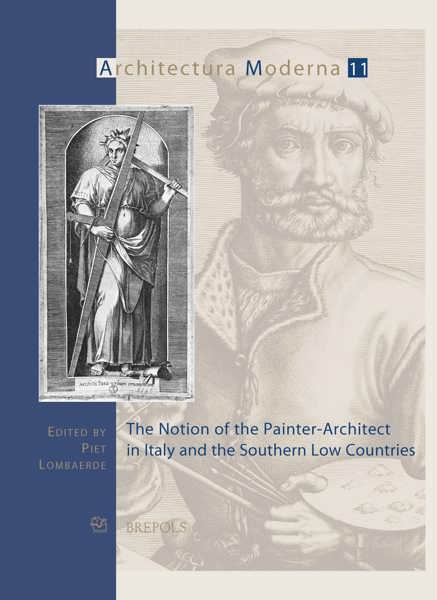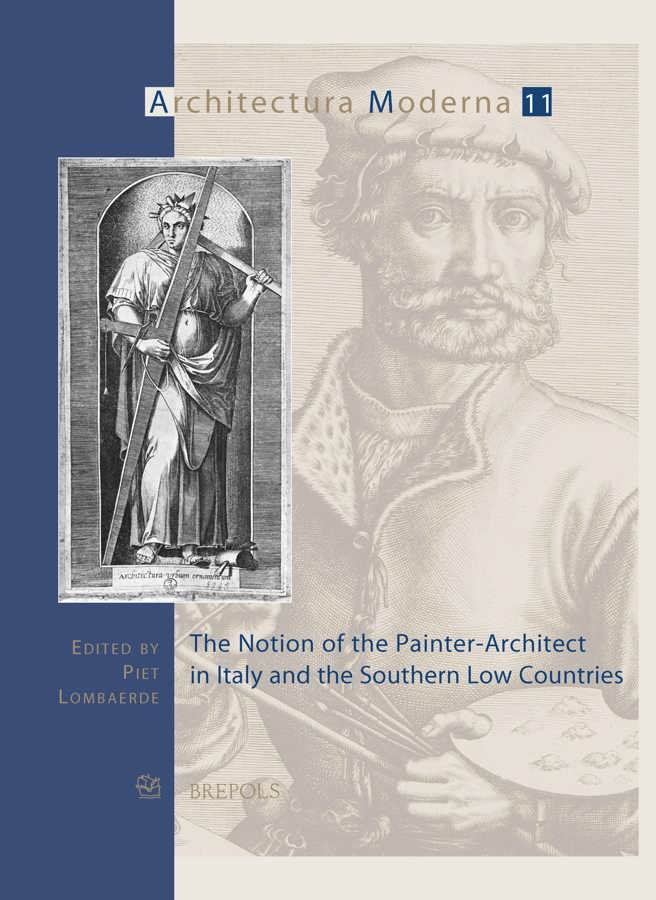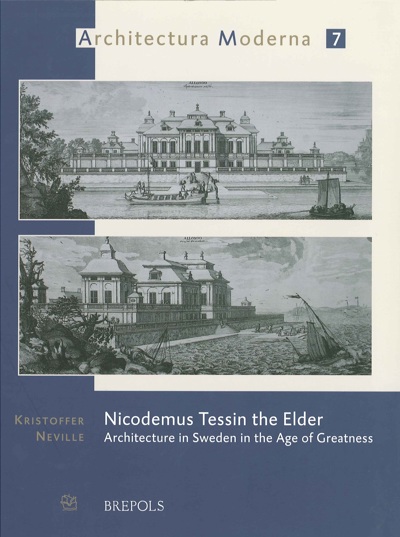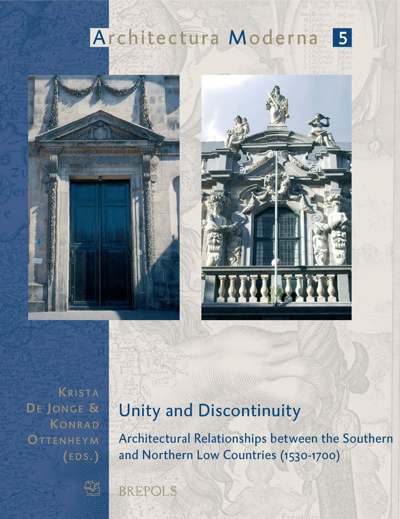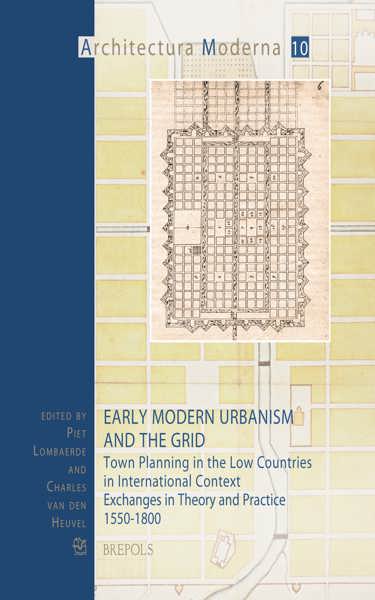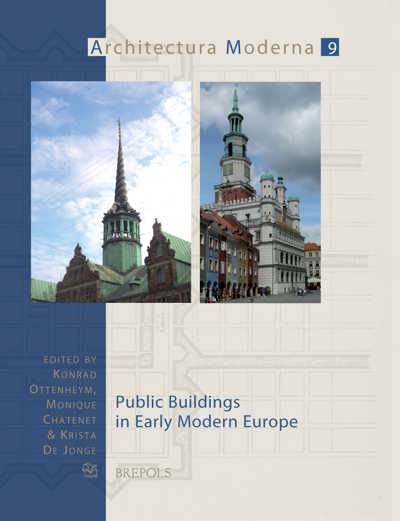
The Notion of the Painter-Architect in Italy and the Southern Low Countries
Piet Lombaerde (ed)
- Pages: 311 p.
- Size:220 x 280 mm
- Illustrations:258 b/w
- Language(s):English
- Publication Year:2014
- € 115,00 EXCL. VAT RETAIL PRICE
- ISBN: 978-2-503-54850-0
- Paperback
- Available
- € 115,00 EXCL. VAT RETAIL PRICE
- ISBN: 978-2-503-55633-8
- E-book
- Available
Since the time of Vitruvius, architects have been expected to have a broad knowledge of the arts and sciences. The need for good skills in sketching and working up drawings even led, from the sixteenth century onwards, to fierce debates on the meaning and status of ‘disegno’. While Italy saw the emergence of famous painters who excelled as architects, also in the Southern Netherlands the notion that an architect must also have a mastery of the painter’s art became widespread, owing in part to the dissemination of publications by Sebastiano Serlio and Pieter Coecke van Aelst. In the seventeenth century, Peter Paul Rubens was able to make his own contribution to this discussion as a consequence of his sojourns in Italy (1601–1608). Bringing together distinguished art and architecture historians from Europe and North America, this interdisciplinary approach will shed light on the interrelationship of architecture and painting in the Southern Netherlands.
Piet Lombaerde is professor in theory and history of architecture and urbanism at the University of Antwerp, faculty of design sciences. His research interests cover the history of fortifications (1500-1900), urban history and the history of hydraulics. He is co-editor with Krista De Jonge (KU Leuven) of the series Architectura Moderna (Brepols Publisher) and author of several books on the history and theory of architecture and urban planning.
